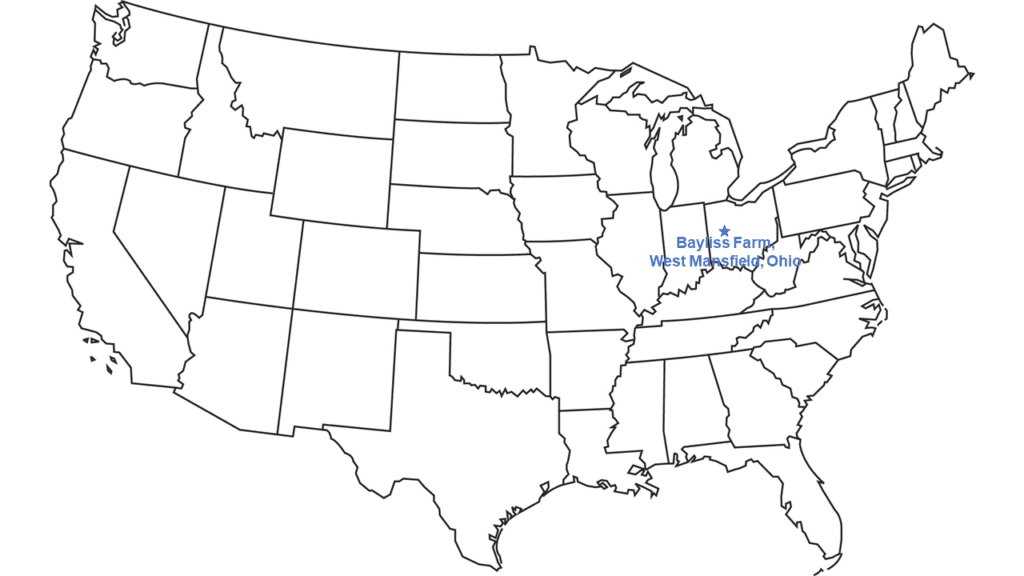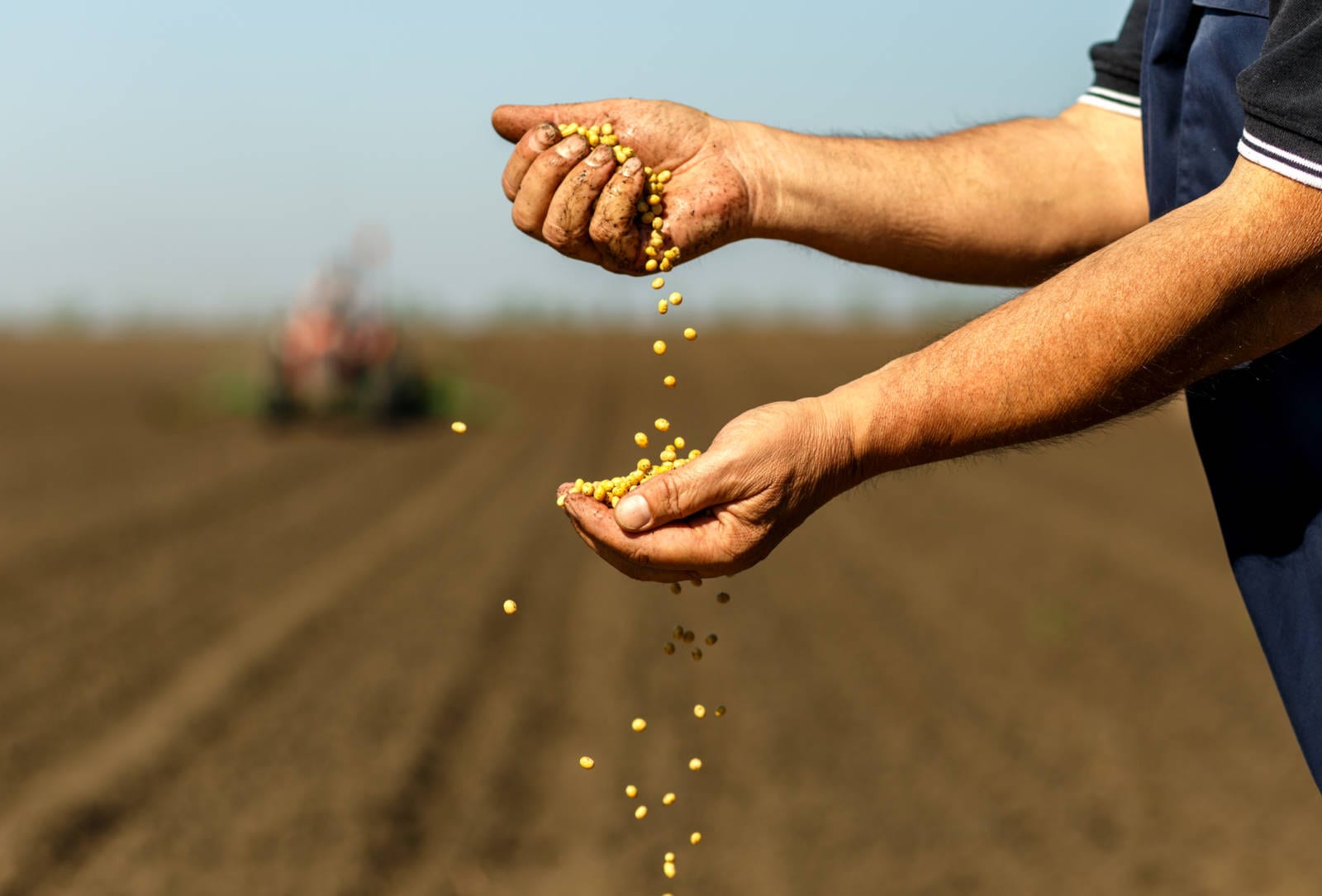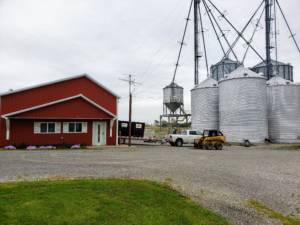 Because our soil takes longer to dry out than many other types, we are usually among the last to start planting crops in the state of Ohio. And that is true again this year. Our fields need time after a rain before they are dry enough for us to work in them.
Because our soil takes longer to dry out than many other types, we are usually among the last to start planting crops in the state of Ohio. And that is true again this year. Our fields need time after a rain before they are dry enough for us to work in them.
We had our equipment and seed ready to go to our driest fields on Monday, May 4, but then it started to rain lightly, so the equipment and seed went back into the barn. So, we are anxiously waiting for our tight clay soils to dry enough to start planting. Although our soils are at a disadvantage right now, their ability to hold moisture well is a big advantage during dry summers.
Once we get started, we can plant corn with a week’s worth of days in the field. We need a week and a half of good days to plant our soybeans. We were able to top-dress our winter wheat with nitrogen fertilizer to help it produce a good crop by late June, and it is looking really good.
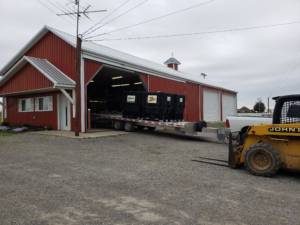 Our cover crops have continued to grow. In fact, one of our neighbors even asked about making hay out of our cover crops to feed his cattle. However, that would need to happen at the same time we want to plant, and it would increase the amount of equipment and tracks in the field. After much deliberation, we decided to plant into our green cover crops. Then we will terminate the cover crop with herbicide shortly after planting.
Our cover crops have continued to grow. In fact, one of our neighbors even asked about making hay out of our cover crops to feed his cattle. However, that would need to happen at the same time we want to plant, and it would increase the amount of equipment and tracks in the field. After much deliberation, we decided to plant into our green cover crops. Then we will terminate the cover crop with herbicide shortly after planting.
The delay in planting may give us more time to plant a new variety of food-grade soybeans. We work closely with KG Agri Products, Inc. (KAPI) to supply food-grade soybeans to Japanese markets. We always grow just one soybean variety for simplicity in cleaning our equipment and storing the soybeans.
Right now, a new soybean variety with higher protein is being harvested in research plots in Argentina. If it gets harvested and transported to the U.S. quickly enough, we have agreed to exclusively plant this new variety to grow as seed for the 2021 season. Although international air travel has slowed greatly for people, airlines are transporting other products, including soybean seed, to the U.S. for planting.
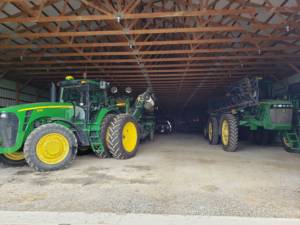 While we have been waiting to get into the fields, we got new fencing done on the farm. My daughter Jana now runs a fencing company I started years ago, and that business has been busy putting in residential fences and repairing fences along roads.
While we have been waiting to get into the fields, we got new fencing done on the farm. My daughter Jana now runs a fencing company I started years ago, and that business has been busy putting in residential fences and repairing fences along roads.
We’ve also been watching crop prices, which get more discouraging all the time, primarily due to COVID-19. Both corn and soybean prices have fallen with uncertainty about export markets, livestock feed needs and reduced energy needs because travel has nearly come to a standstill. Food-grade soybean prices follow commodity soybean prices on the Chicago Board of Trade, with a premium added based on meeting contracts and quality standards.
We will plant a crop in 2020 regardless of the markets, and hope that our ability to store some of our crops will allow us to wait until demand – and prices – recover before we sell them. Because of the way the food-grade market works, I have until next summer to lock in the price for my soybeans. That may also help us manage these very low prices and give us a better chance to at least break even this year.
